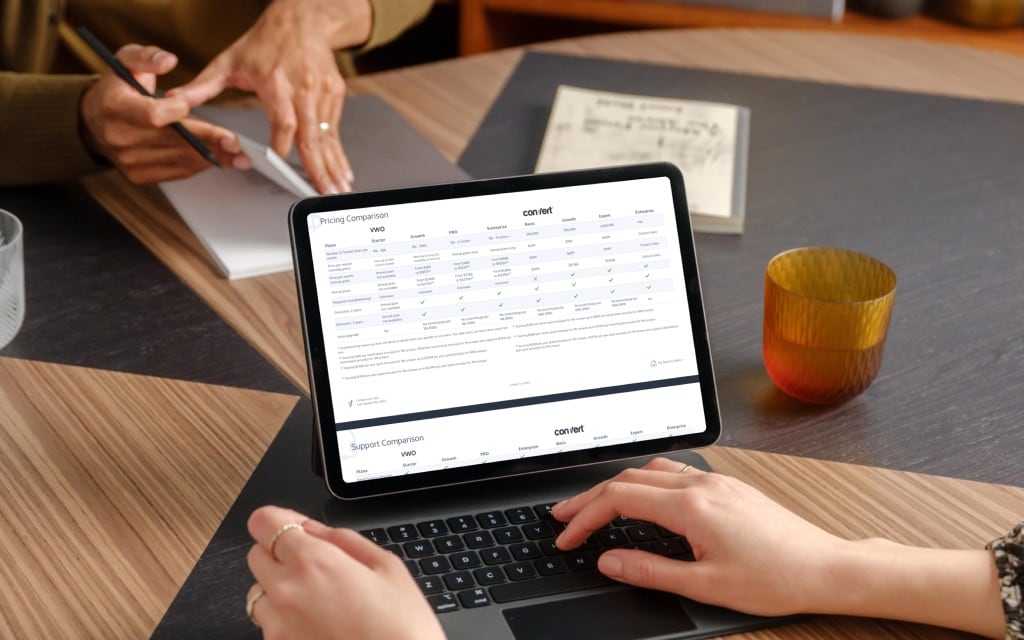Businesses use A/B testing tools to implement A/B tests, split tests, multivariate tests, and full-funnel tests. The aim is to incrementally improve the performance of online assets by eliminating issues that keep traffic from converting (or taking the desired action).
Over the years A/B testing has gone from a nice-to-have that large enterprises invest in once they have exhausted all other marketing and growth channels, to a mainstay of small, agile teams that mitigate risks associated with unvalidated web design, copy, and even operational changes through intelligent testing.
Currently A/B testing tools are a way to eliminate the dreaded HiPPO (Highest Paid Person’s Opinion).
Done right, their results speak from a place of scientific rigour and hard facts. It is difficult to argue against a large sample size of ideal customers and their projected behavior simply because of intangibles like gut instinct and “experience”.
Most A/B testing tools are client-side. They require the user to place a snippet of JavaScript code on the online assets they want to experiment on. The calculations are done back-end and a winner is declared based on chosen significance and power settings.
Some A/B testing tools like – Convert Experiences – also give users the option to further “validate” these winners as a personalization by attempting to replicate the lifts seen during the experiment without hard coding the changes right away.


